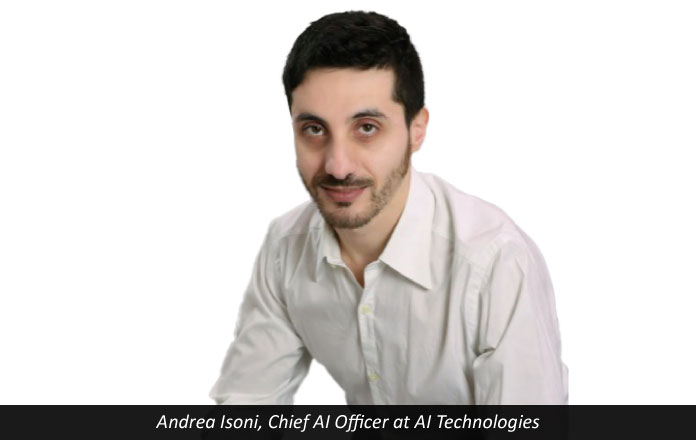AI is indeed omnipresent in today’s news cycle. However, the reality of AI adoption in practical terms is more nuanced. While its implementation is undoubtedly on the rise across various industries and job functions, we’re far from witnessing mass adoption. As of April 2024, OpenAI reported 100 million active weekly users, with only 11% hailing from the US. This indicates we’re still in the early stages of AI integration.
Concerns about AI rendering human workers obsolete are prevalent. Yet, a more likely scenario is that after an initial transition period, AI will lead to the creation of new job categories. One such emerging field is that of assurance jobs across various domains.
Let’s consider two examples:
- Software Developers: Certain types of developers, particularly web developers, may face displacement by AI tools. Hypothetically, if 7 out of 10 web developers are replaced by AI, what becomes of the displaced workforce? Unless absorbed into other development niches, a natural progression would be towards assurance roles.
This shift is driven by two key factors: a) Cost reduction: If AI reduces website development costs from 100 to 30 (arbitrary units), it frees up resources for enhanced functionalities. Companies can now allocate the saved 70 units to features like chatbots, booking systems, videos, or even cutting-edge virtual reality experiences. b) Increased focus on quality: The lowered development costs allow for greater investment in assurance and cybersecurity measures, which were previously unaffordable.
- Document Transcription and Translation: Traditionally, institutions like parliaments and legal bodies employed large teams of shorthand writers to record proceedings, working in short shifts to maintain accuracy. Similarly, translators were extensively used for legal documents.
With the advent of voice-to-text and automatic translation technologies, these roles are becoming obsolete. For instance, the EU Parliament has already implemented AI-driven translation solutions.
However, this technological shift triggers two important mechanisms: a) Increased text volume: As AI makes recording and translating cheaper, the volume of produced documents skyrockets. This phenomenon is reminiscent of Johannes Gutenberg’s printing press invention, which, while displacing monk copyists, led to an exponential increase in text production. b) Greater need for assurance: The surge in AI-generated text necessitates more robust assurance and cybersecurity measures to ensure the authenticity and integrity of the content.
-Assurance: Before the invention of the printing press, quality assurance for books was hardly an option. If you managed to obtain a book copy after months or years, you were considered fortunate, having already spent significant amounts. With the advent of the printing press, a fraction of that amount could now be allocated to people who first reviewed the book and its quality before actual printing.
I believe AI tools have exactly the same effect: an increase in volume and an increase in assurance. This parallel between the printing press revolution and the current AI revolution is striking. Just as the printing press made it economically viable to invest in quality control for books, AI is making it possible to allocate resources to ensure the quality and reliability of the vastly increased output it generates.
While it’s true that certain job categories are facing extinction, we’re simultaneously witnessing the birth of new roles. For instance, AI ethics officers are now being hired to ensure responsible AI development and deployment. Data annotators are in high demand to train AI models with high-quality, diverse datasets. AI-human interaction designers are emerging to create seamless interfaces between AI systems and human users.
Moreover, the rise of AI is creating a need for AI literacy educators, who can teach both technical and non-technical audiences about AI capabilities, limitations, and societal impacts. We’re also seeing the growth of AI auditors, tasked with evaluating AI systems for bias, fairness, and compliance with regulations.
In the legal field, AI-specialized lawyers are becoming essential to navigate the complex landscape of AI-related intellectual property, liability, and privacy issues. Similarly, AI policy advisors are increasingly sought after by governments and organizations to help shape regulations and guidelines for AI use.
In conclusion, while AI is undoubtedly disrupting traditional job markets, it’s crucial to recognize that this technological revolution is not just eliminating roles, but also catalyzing the creation of entirely new job categories. The key lies in our ability to adapt, retrain, and embrace these emerging opportunities in the AI-driven economy. The parallels with historical technological revolutions, such as the printing press, suggest that we’re on the cusp of a new era where increased production is balanced by a greater emphasis on quality assurance and integrity.




